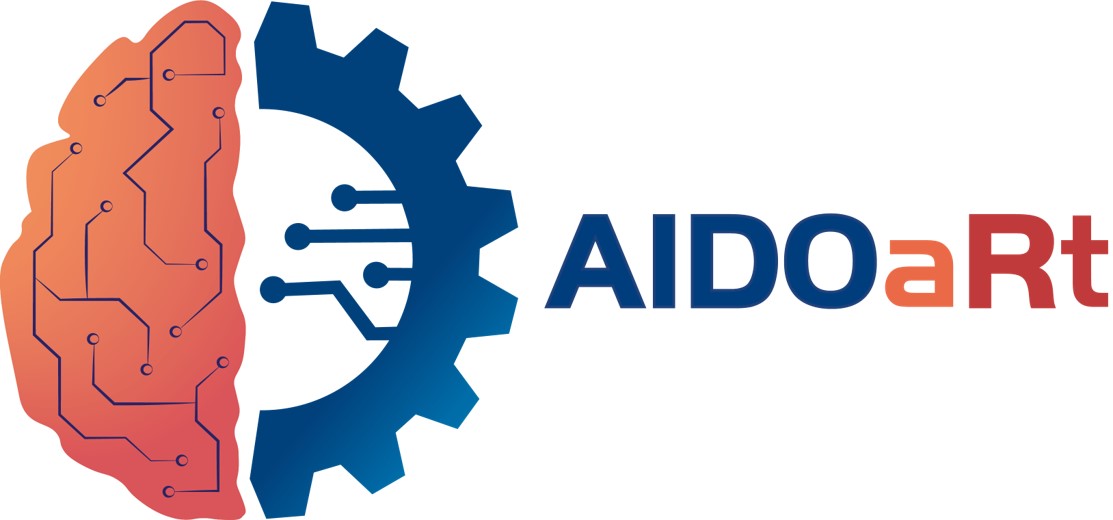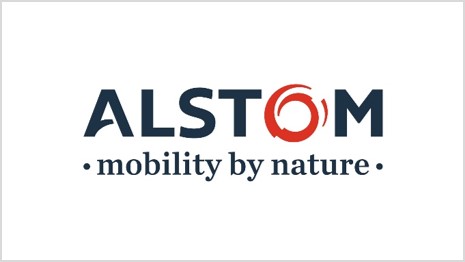Text
DevOps for Railway Propulsion System Design

Photo: https://unsplash.com/
Alstom is one of the largest manufacturers of railway equipment and a global leader in electric propulsion and auxiliary systems for railway vehicles.
An onboard electric railway propulsion system transfers and transforms electrical energy supplied to the train from the railway infrastructure, e.g.,from catenary systems to mechanical energy at the wheels. The supply can be either Direct Current (DC) or Alternating Current (AC). In applications where the train routes are only partially electrified, the propulsion system can be supplemented by battery storage or in some cases diesel generators. A propulsion system typically consists of hardware equipment such as current collectors/pantographs, high voltage breakers and protective components, transformers, filter components, power electronic converters, motors and gears. A control, monitoring and communication system based on distributed controllers and computers with advanced control algorithms supervises the operation.
The market is characterized by a significant degree of customization, meaning that system solutions need to be optimized by balancing a variety of technical characteristics against investment and life cycle costs. Optimization usually involves a balancing of performance (power, speed, timetable), integration (mechanical, electrical and thermal layouts), system availability, energy consumption and other life cycle costs, specific standards and infrastructure requirements (e.g., Electromagnetic Interference, EMI) against investment cost. This requires a diverse and complex engineering tool chain that processes large amounts of data and involves a large degree of manual effort.
System development entails the use of a variety of tools covering all aspects from requirements management to system and component performance simulations, RAMS (Reliability Availability Maintenance Safety) modelling, control system modelling, CAD, thermodynamic and structural analysis. Large amounts of data are processed through the tools and usually transferred manually from one tool to another. Input data also appears in a variety of formats requiring a large degree of manual processing today. Often the lack of actual Operations data fed back to Development restricts the potential for optimization.
An increasing demand for shorter time to market, cost efficiency and energy efficiency, results in ever increasing iteration loops in the tool chain. By applying the DevOps philosophy to the propulsion system development process, along with advanced physical modelling techniques and innovative uses of AI/ML for automation, it is expected that the project outcomes will have a significant impact in improving time to market, quality, investment and life cycle cost.



%20European_Commission%20logo.png)
%20Picture2.png)